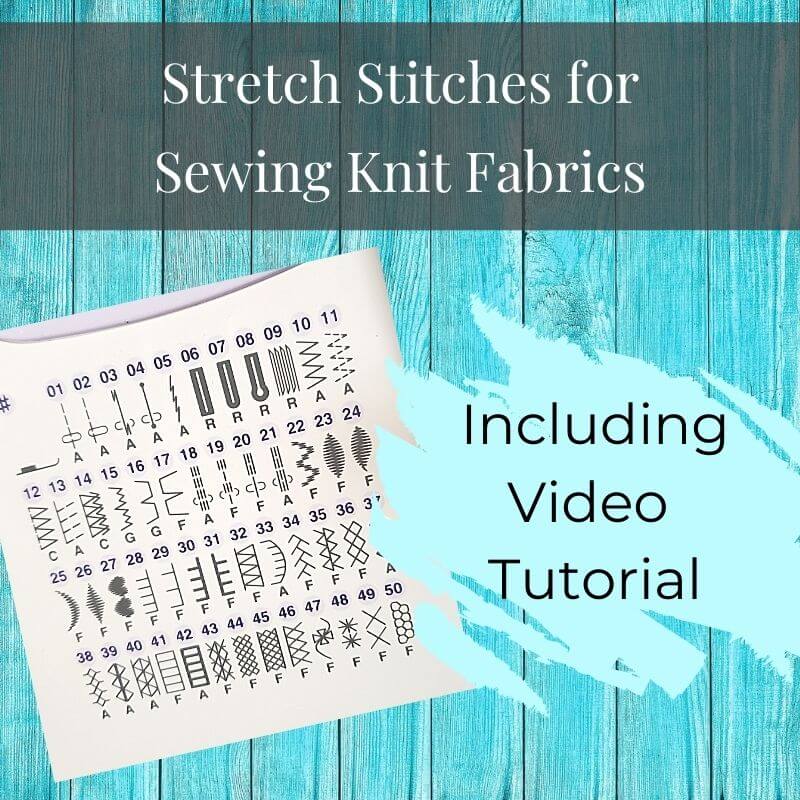
Not sure which stitch is best for sewing stretchy knit fabrics? I'm going to compare a variety of options and reveal my number one secret to strong and stretchy seams on a sewing machine!
You can read all about it below, or scroll to the bottom for a video covering this info and showing samples.
So before we dive into specific stretch stitches, I just want to explain quickly why it's necessary to use a stretch stitch with knit fabrics.
Most garments that are made with knit fabrics need to stretch.
If your thread in the stitches does not allow your fabric to stretch as much as it can (or as much as it needs to) what will happen is a popped stitch: one stitch will break from the tension on it, and then the entire seam will start to unravel.
I have even had this happen on loose dress hems. Even though the hem didn't need to stretch while I was putting the dress on, the hem would get caught on something (even me sitting on the hem as I was trying to get up) and the hem would stretch and a stitch would pop.
A straight stitch has very minimal stretch to it and will pop very easily, while a stretch stitch will stretch with the fabric and prevent this from happening.
So let's talk about specific stitch types.
When I first started sewing with knit fabrics I used a lightning bolt stitch. This is available on most modern machines and is a very commonly recommended stitch for knit fabrics.
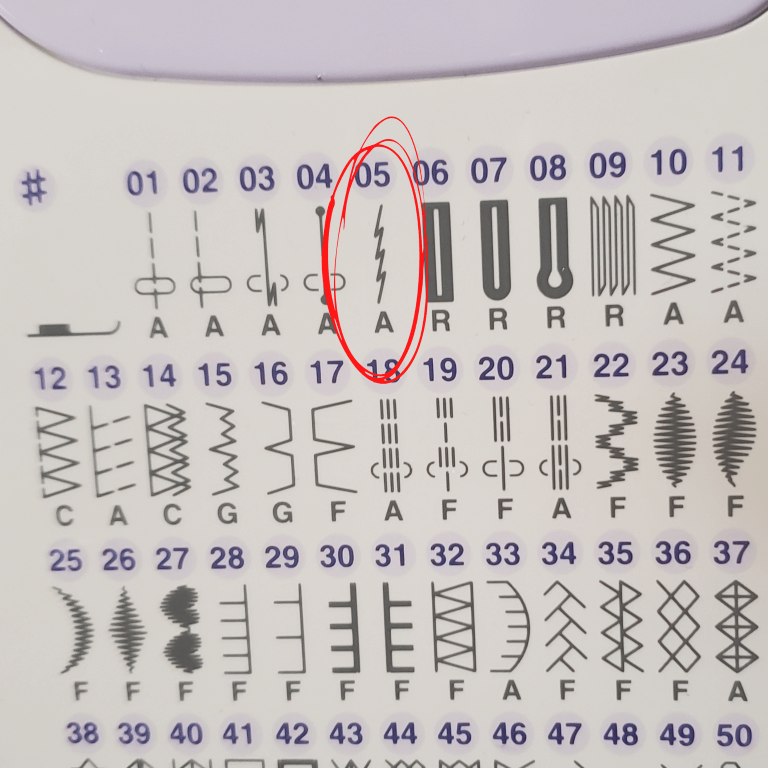
This stitch is shaped like a lightning bolt, and it does in fact achieve a very stretchy seam without excessively showing stitches on the outside.
With the lightning bolt stitch, I found that my seams were occasionally popping a stitch, like I mentioned earlier with the dress hems. It just wasn't a strong enough stitch, though I would later discover a way to make any stretch stitch stronger (I'll share that further down!).
Next I moved on to a triple stitch, or also known as a stretch straight stitch.
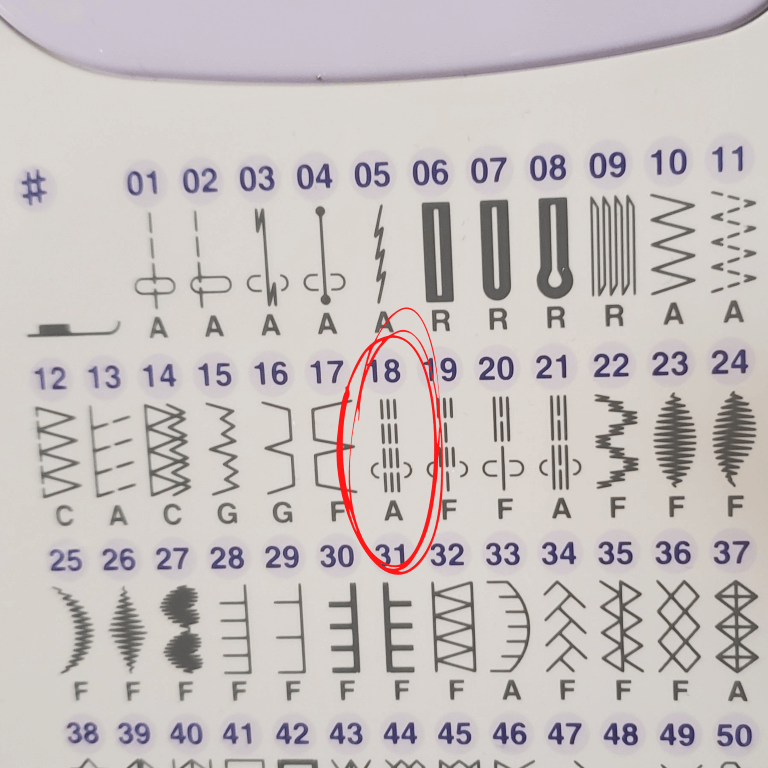
So this is essentially a straight stitch, but the stitch goes forward and backwards as it sews. This is the stitch that I currently use when I'm sewing knit seams on a sewing machine, and I find that it's really stretchy and really strong, and it doesn't show excessively on the outside either. I don't tend to have any popped seams with this stitch type.
There are a couple of drawbacks to the triple stretch stitch though.
So while the lightning bolt and triple stitch are common on modern sewing machines, if you have an older machine (or a super basic new machine) it might not have either of them. In this case you are most likely limited to a straight or zigzag stitch. A zig-zag stitch is naturally quite stretchy and is a great choice for sewing knit fabrics. However you may need to play around with the stitch width and the stitch length in order to minimize the appearance of the stitches on the outside. A shorter and narrower zig zag will show the least on the outside.
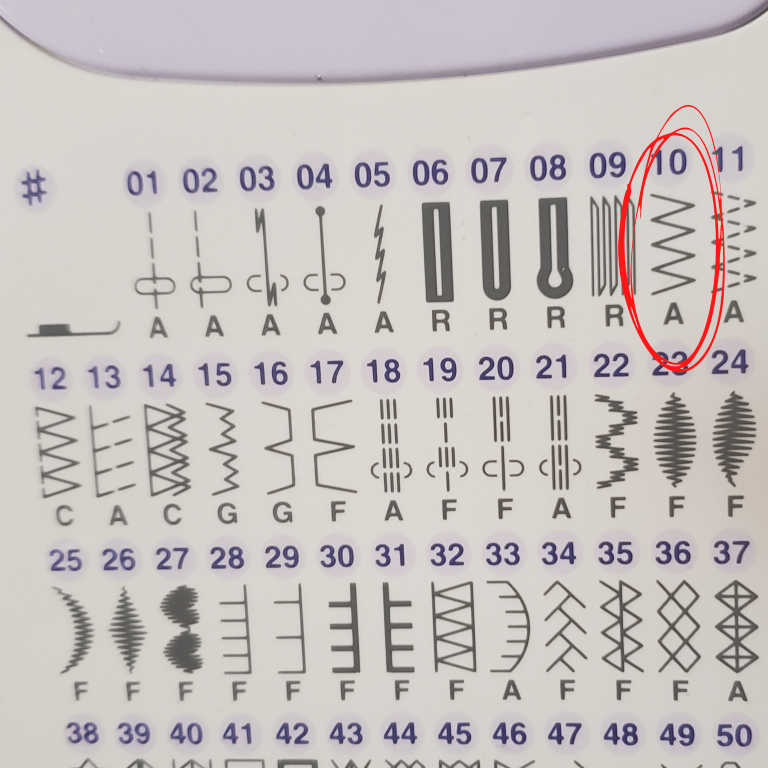
So those are the main stitches that would normally be used for construction of seams on knit fabric - the lightning bolt, the triple stitch, and the zigzag. But what about hemming or topstitching?
You can use those options for hemming as well, but there are some other options, such as a twin needle, and I also enjoy using the decorative honeycomb stitch for hemming and topstitching. You can learn more about hemming stretch fabrics in this YouTube video.
Finally I'd like to share my secret for making all of these stitches stronger. I like to use Maxi Lock stretch thread in my bobbin. It's intended mainly for use in the loopers of a serger, but you can use it in your bobbin and it will give your stitches a little extra give, and make them much stronger.
Note: Wooly nylon is another similar type of thread that can be used in the same way, but most experienced sewers seem to prefer Maxi Lock stretch thread. I have heard that woolly nylon tends to shred more easily.
Because stretch thread only comes in a cone, you can't wind it from a spool on your sewing machine onto the bobbin the way you would normally do. There are two options for winding the stretch thread onto your bobbin:
Sometimes if I want to fill a whole bunch of bobbins at once, I'll actually put my serger behind my sewing machine and stick the cones on the serger stand and feed it up through the serger guide and then down to the sewing machine tension wheel and through the bobbin.
I do want to note that stretch thread doesn't come in as wide of a variety of colors as regular thread does, and it does tend to show through the stitches when it's used for top stitching, because it's so thick. I prefer to use it mainly for seams, unless it's a good color match to the top thread that I'm using.
So, my personal favorite stretch stitch is the triple stitch - but the best way to figure out YOUR favorite is to just grab some scraps (even cut up an old t-shirt if you don't have any knit fabric scraps) and try out all your stitches! Play around, figure out what works best for your machine and results in a nice stretchy seam. And if you've got some occasional popped stitches happening with your favorite stitch, just try adding in the stretch thread in the bobbin - it works really well!
For more on sewing with stretchy fabrics, I have an entire YouTube video series dedicated to this topic, or you can sign up for our DIY course, which sends you daily emails for 1 week with video tutorials and homework assignments.
Click below to watch the video version of this blog post, showing you samples of the stretch stitches, and a demonstration of how to wind your bobbin with Maxi Lock thread:
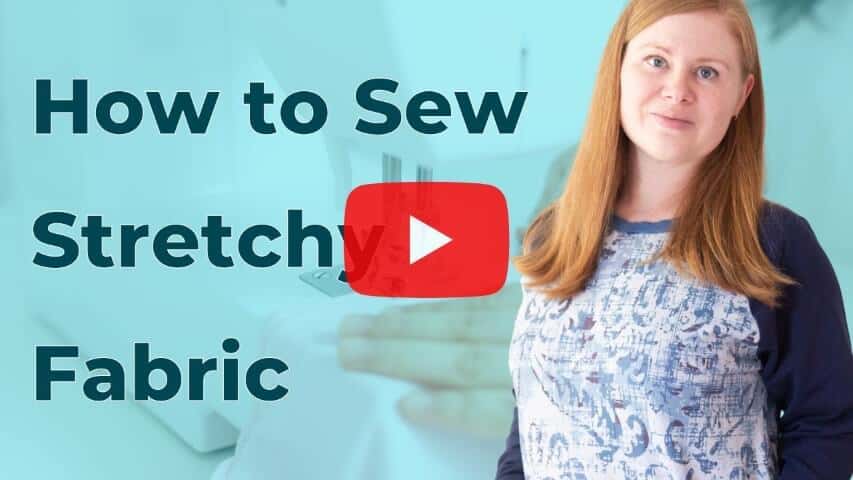
I would like to see the stitch you mentioned for hems on stretchy fabric.
I’m kind new at using stretchy fabrics , however I’ve made a couple simple dresses with it for my granddaughters.
Now I’m trying a different style stretchy fabric to make something for my daughter. It’s a little more expensive and I’d like to get it right. I’m currently using a walking foot and twin needle and experimenting with the different stitches.
I share all my favorite hemming stitches in this video! https://youtu.be/l2h54PvghPI